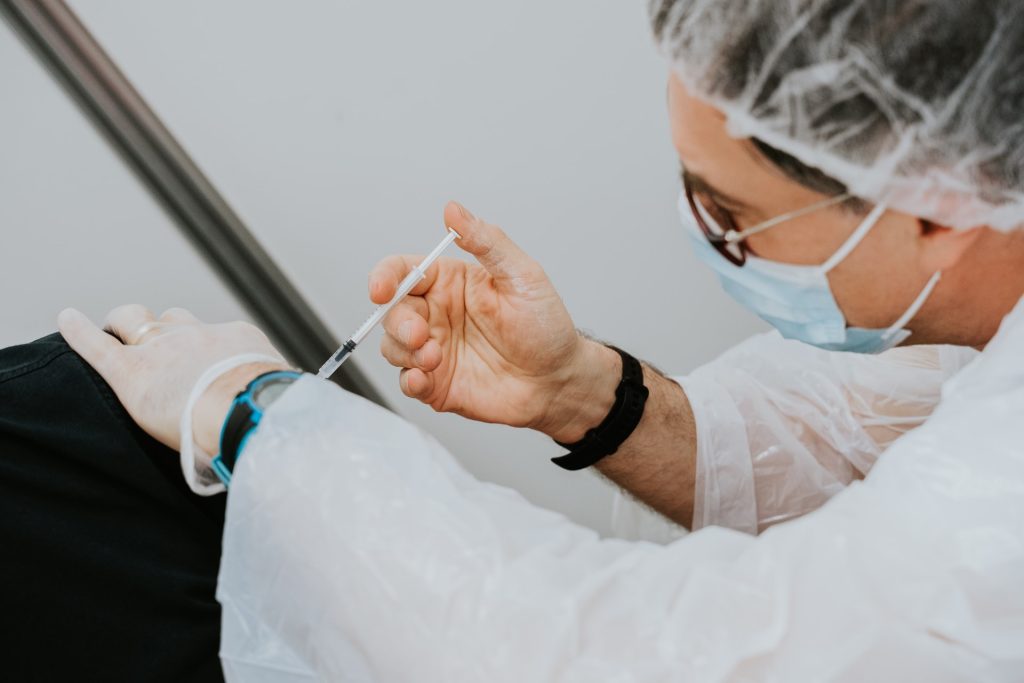Researchers Debunk Common Beliefs About ‘Cycle Syncing’ and Muscles

New research from McMaster kinesiologists is challenging the internet belief that timing resistance training to specific phases of the menstrual cycle boosts the body’s ability to build muscle and strength.
The researchers have shown that exercising at various points in the cycle had no impact — positive or negative — on the synthesis of new muscle proteins, a process essential to building and maintaining muscle.
The results, published in the print edition of the Journal of Physiology, debunk the popularly touted practice of cycle syncing, or tailoring workouts to align with the way hormones change throughout a woman’s menstrual cycle.
“Our findings conflict with the popular notion that there is some kind of hormonal advantage to performing different exercises in each phase,” explains Lauren Colenso-Semple, lead author of the study and a former graduate student in the Department of Kinesiology, who conducted the work while at McMaster.
“We saw no differences, regardless of cycle timing.”
For the study, researchers monitored the menstrual cycles of participants — all healthy young women — for three months to confirm their cycles were normal. Contrary to popular belief, only a small percentage of women — about 12 per cent — have a consistent 28-day cycle and ovulate regularly on Day 14 or the “textbook” menstrual cycle.
Participants then ingested a tracer molecule, a benign substance designed to track and monitor muscle protein levels. They performed heavy resistance exercise during two distinct phases of their menstrual cycles: the follicular phase, when estrogen levels are at their peak; and the luteal phase, characterized by peak progesterone levels.
Researchers observed no effect of either menstrual cycle phase on the production of muscle proteins.
Cycle syncing has been made popular by internet influencers to coordinate workouts, certain diets and lifestyle behaviours with the menstrual cycle.
There are fitness apps for tracking cycles, and social media channels are rife with advice and recommendations.
Proponents routinely cite a handful of scientific studies on animals as evidence that fluctuations in ovarian hormones can affect how human muscles respond to exercise, but this study shows that not to be correct.
“Our work shows that women who want to lift weights and recondition their muscles should feel free to do so in any phase of their cycle. There is no physiological difference in response to the exercise,” says Stuart Phillips, the Canada Research Chair in Skeletal Muscle Health at McMaster who supervised the study.
“It is important to tailor your training to how you feel.”
Scientists highlight the need for further research, particularly studies that focus on women’s health. This includes investigating how training, in relation to the menstrual cycle, affects women and how both oral and non-oral contraceptives influence their responses to exercise.
This article was first published on Brighter World. Read the original article.









